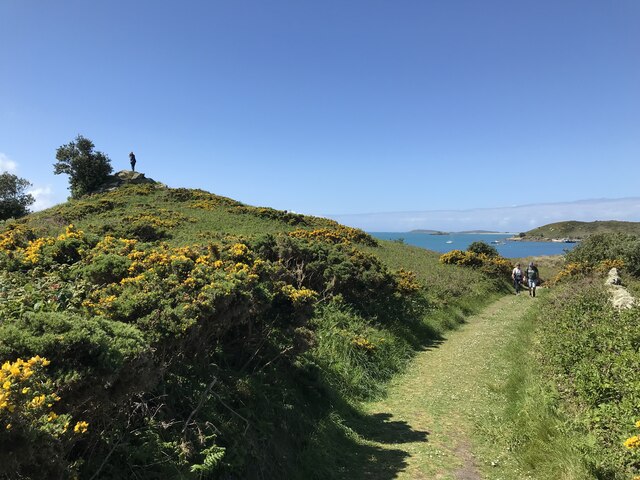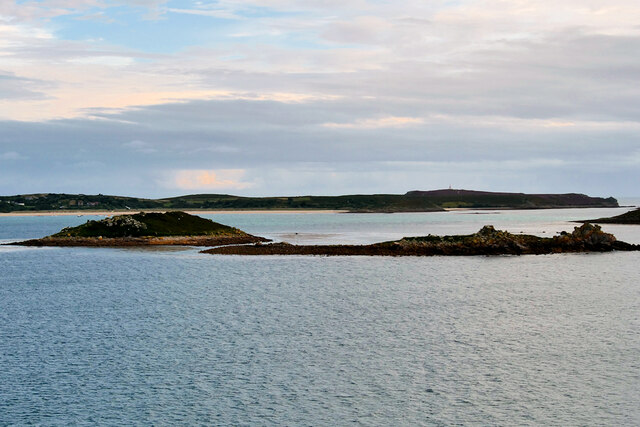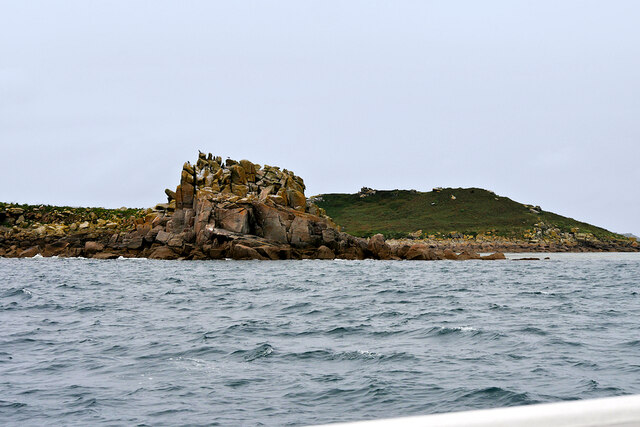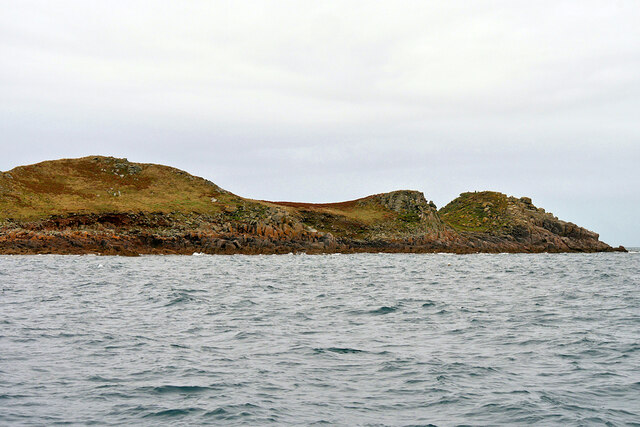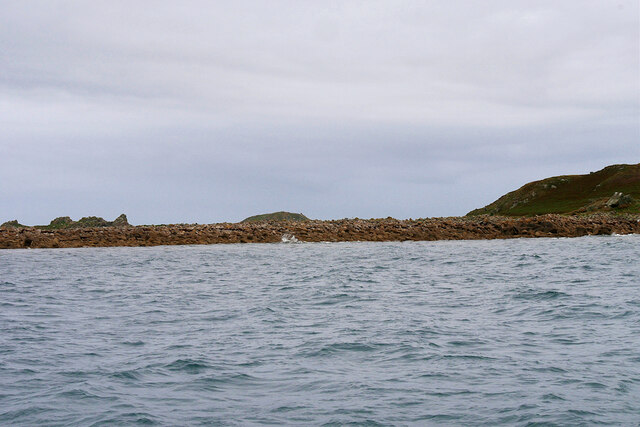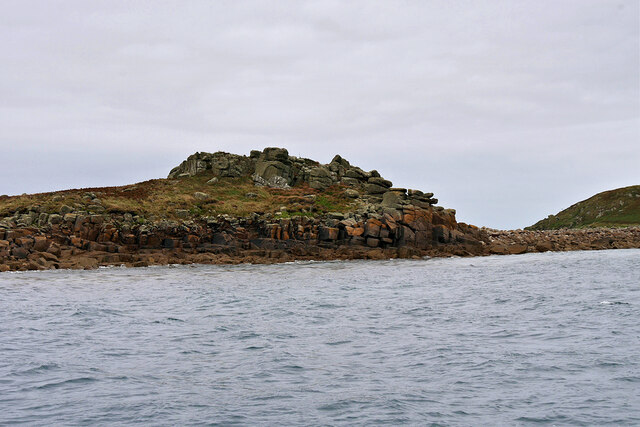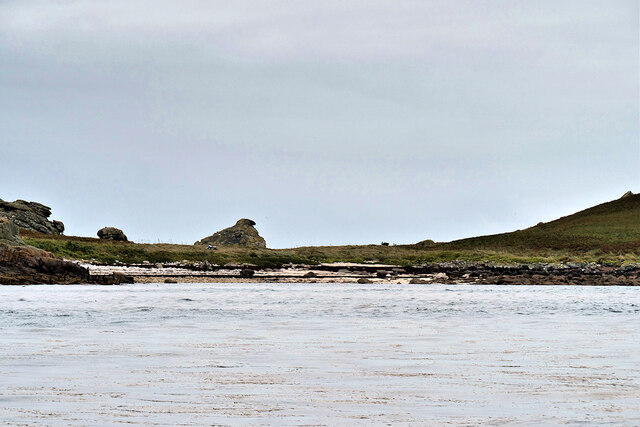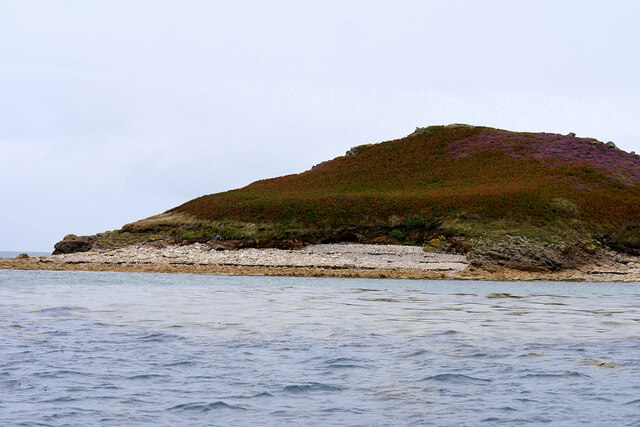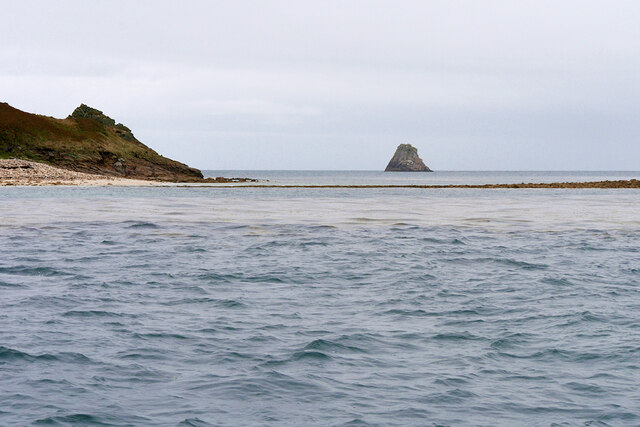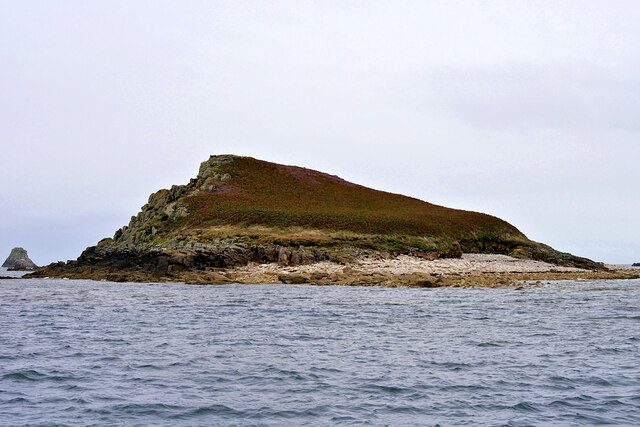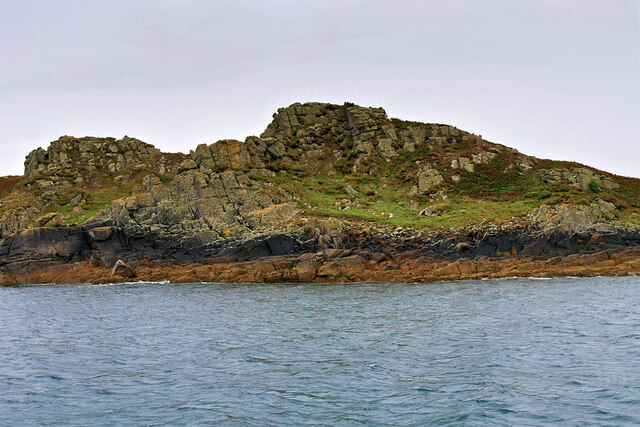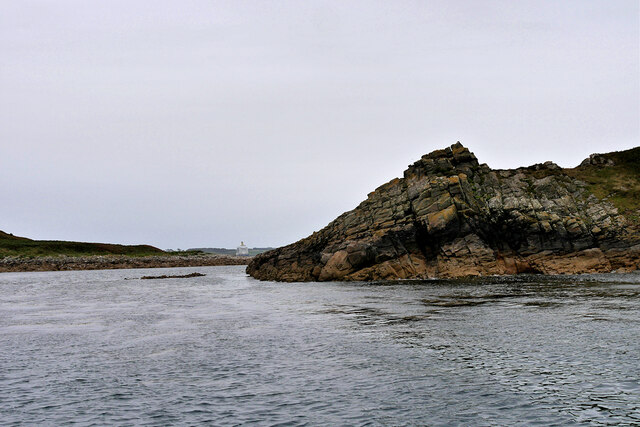East Porth
Bay in Cornwall
England
East Porth
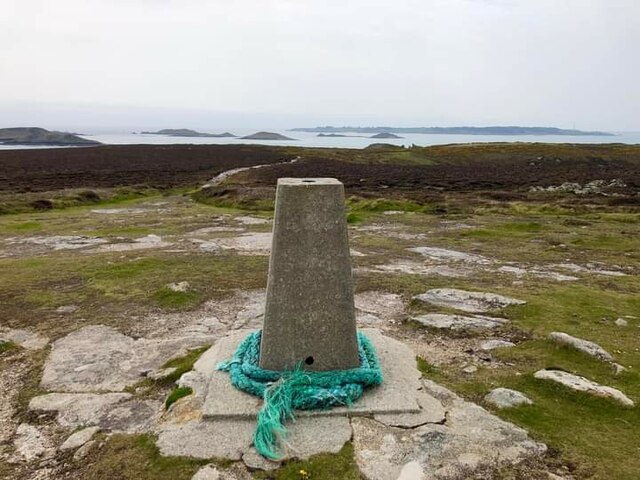
East Porth, Cornwall, also known as East Porth Bay, is a picturesque coastal area located in the southwestern region of England. Situated in the county of Cornwall, East Porth Bay is renowned for its stunning natural beauty and pristine sandy beach. The bay is nestled between rugged cliffs and boasts crystal-clear turquoise waters, making it a popular destination for both locals and tourists.
The beach at East Porth Bay stretches for approximately half a mile, providing ample space for visitors to relax, sunbathe, and enjoy various beach activities. The soft golden sand is ideal for building sandcastles and beach games, while the shallow waters offer safe swimming conditions for families with young children. Lifeguards are present during peak seasons to ensure the safety of beachgoers.
Beyond the beach, East Porth Bay offers spectacular coastal walks and breathtaking views. Visitors can explore the surrounding cliffs, which are home to an abundance of wildlife and provide excellent opportunities for birdwatching. The bay also serves as a starting point for the South West Coast Path, a famous long-distance hiking trail that spans the entire Cornwall coastline.
Facilities at East Porth Bay include a car park and public toilets, providing convenience to visitors. Additionally, a café and beachside restaurant offer a variety of refreshments and local delicacies. The bay is easily accessible by road, with regular bus services connecting it to nearby towns and villages.
Overall, East Porth Bay in Cornwall offers a delightful combination of natural beauty, sandy beaches, and coastal exploration, making it an idyllic destination for those seeking a peaceful and scenic retreat.
If you have any feedback on the listing, please let us know in the comments section below.
East Porth Images
Images are sourced within 2km of 49.951737/-6.2550105 or Grid Reference SV9414. Thanks to Geograph Open Source API. All images are credited.
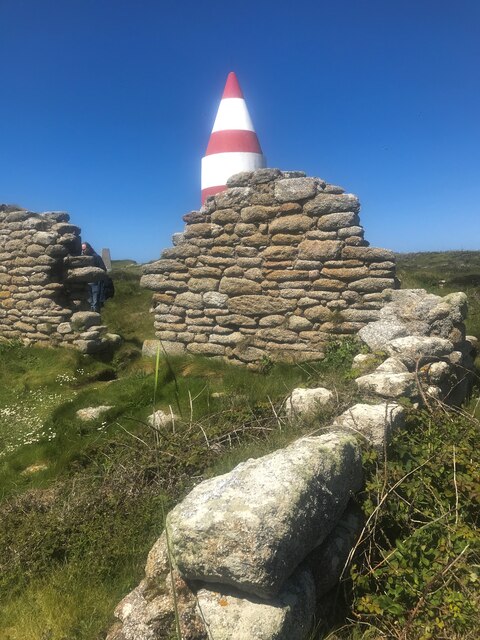
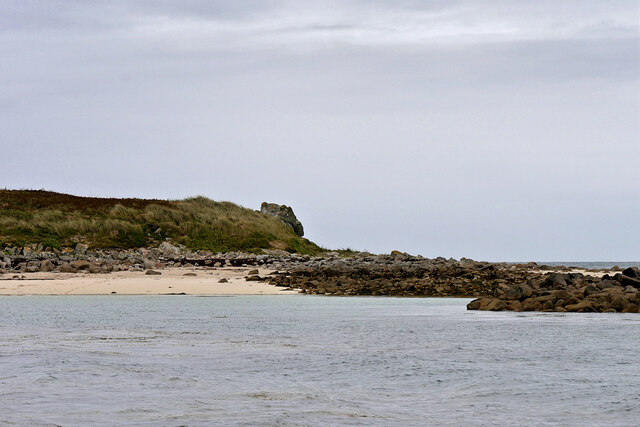
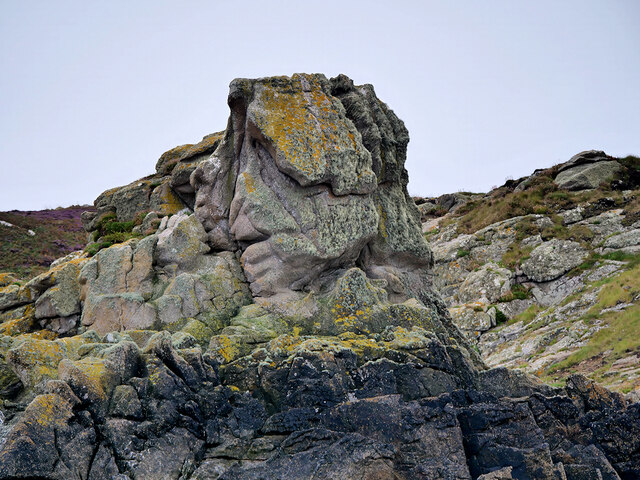
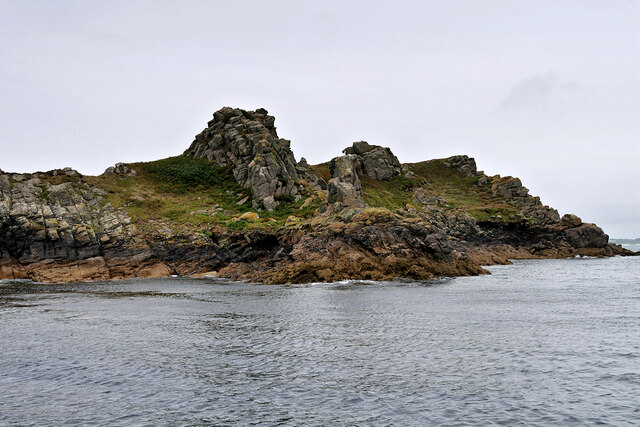
East Porth is located at Grid Ref: SV9414 (Lat: 49.951737, Lng: -6.2550105)
Division: Isles of Scilly
Unitary Authority: Isles of Scilly
Police Authority: Devon and Cornwall
What 3 Words
///listed.eggplants.reckoned. Near St Martin's, Isles of Scilly
Nearby Locations
Related Wikis
Great Ganilly
Great Ganilly ( gə-NIL-ee; Cornish: Goonhyli Veur, lit. 'great saltwater downs') is one of the Eastern Isles of the Isles of Scilly. It has a maximum total...
Eastern Isles
The Eastern Isles (Cornish: Enesow Goonhyli, islands of the salt water downs) are a group of twelve small uninhabited islands within the Isles of Scilly...
PS Earl of Arran (1860)
PS Earl of Arran was a passenger vessel operated by the Ardrossan Steamboat Company from 1860 to 1871 and the West Cornwall Steam Ship Company from 1871...
Wheel Wreck
The Wheel Wreck is the remains of a shipwreck lying in Crow sound off Little Ganinick in the Isles of Scilly. The wreck site consists of a discrete mound...
Related Videos
St Martins - Isles of Scilly BEAUTIFUL
St Martins - Isles of Scilly BEAUTIFUL Filmed and Edited by Paul Dinning - Wildlife in Cornwall Original Music Written and ...
Cruther's Hill
Cruther's Hill is a hill near Higher Town on St Martin's, Isles of Scilly. From on top of the hill, there are views of St Mary's, Tresco ...
Par Beach, St Martin's
Par Beach, also known as Higher Town Bay and Higher Town Beach, is a beautiful beach on the island of St Martin's, Isles of ...
Higher Town, St Martin's
Higher Town is the main settlement on St Martin's on the Isles of Scilly. Higher Town has a church, a Methodist church, a post ...
Nearby Amenities
Located within 500m of 49.951737,-6.2550105Have you been to East Porth?
Leave your review of East Porth below (or comments, questions and feedback).
